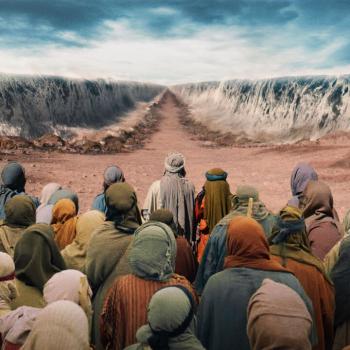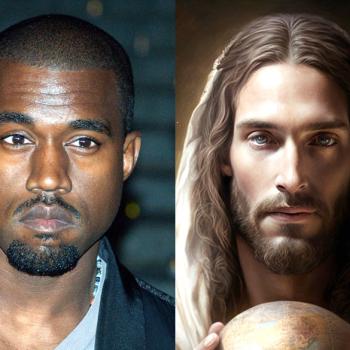The late Colin Gunton argued that Augustine’s refusal to follow the earlier tradition of interpreting Old Testament theophanies as a revelation of the Son was a move away from a fully Trinitarian theology toward a semi-modalist Unitarianism.
In her article in Augustine and History (Augustine in Conversation: Tradition and Innovation) , Kari Kloos offers an alternative explanation. For Augustine, the issue was not to identify the theophanies with a particular person of the Trinity, but rather to show that the theophanies were “testimonies to the whole of the triune God’s redemptive activity, culminating in the incarnation.” The theophanies testify to the Triune God’s intention to show Himself where sense-bound humans can find Him – in sensible reality – and thus prepare for and give witness to the incarnation. The incarnation is not some strange divergence from God’s previous behavior, but the culmination of His purpose to show Himself. Kloos says, “Simply put, this God not only created the world good, but further is willing to be represented visibly by created forms.” He makes the good creation, and then drapes it around Him as a garment of glory.
This is a much more satisfying account of Augustine than Gunton, and also raises a further point: If Augustine was right, it seems plausible that the movement of the Old Testament is a movement toward incarnation, not away from it. This doesn’t seem to be the case. God appears in person to Adam and Abraham, as a cloud and fire to Israel at Sinai and at the temple. Then he seems to withdraw. Even His name is absent from Esther, and no glory descends on the Second Temple. But perhaps we should read this as God moving nearer rather than God withdrawing. After all, Ezekiel sees the glory leave the temple to go to Babylon with the exiles. Though invisible, God is nearer than ever, dwelling among Israel as the final stage before He comes to dwell among Israel as Israel.














